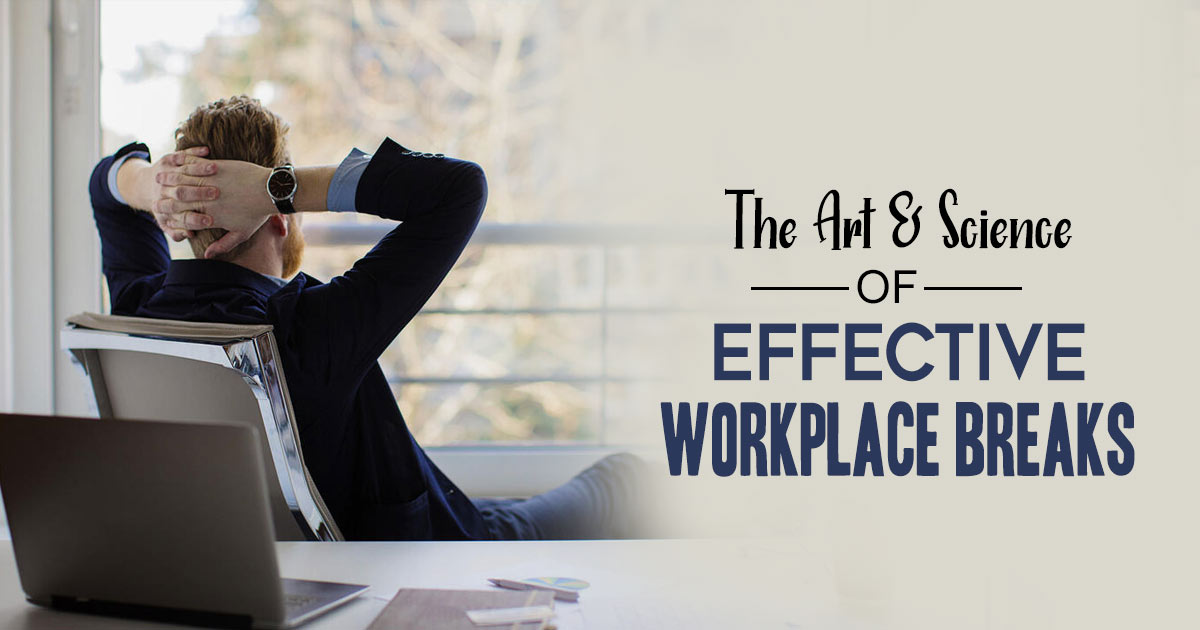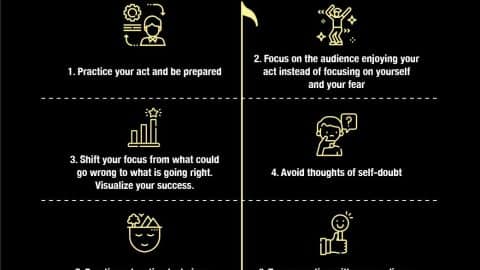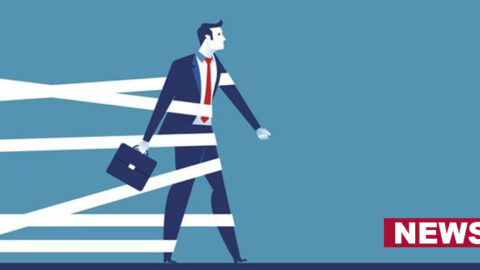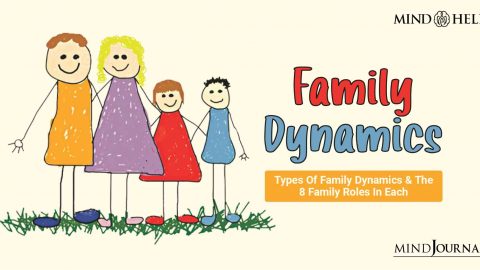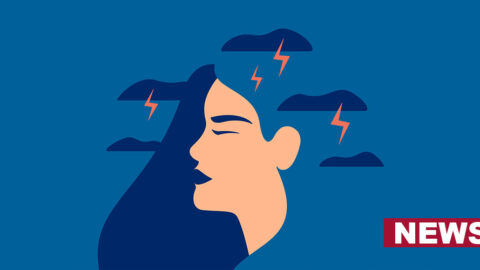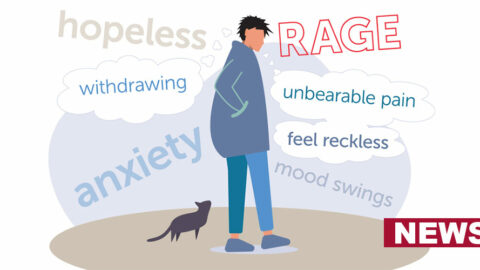In our quest for productivity, many of us associate prolonged work hours with heightened efficiency. This notion seems intuitive: the more time we dedicate to work tasks, the more we can accomplish. Predictably, literature abounds with advice on optimizing work time.
CEOs’ daily routines often involve waking at 4 am, working weekends, and even strategizing bathroom breaks. In the face of escalating workloads, numerous workers opt to power through, forgoing lunch or breaks at work, and extending their workdays.
However, the cost of constant engagement (and performing well) is steep. A recent Aflac survey reveals that more than half of employees (59%) experience burnout. Worryingly, both high burnout rates and low engagement levels are linked to compromised performance. The question arises: How can we address diminishing well-being while sustaining productivity?
Rather than persisting relentlessly, pausing work might hold the key to addressing both concerns. Intrigued by two conflicting narratives—one championing increased work hours as a performance indicator, and the other endorsing regular breaks at work for well-being protection—a team at Harvard Business Review embarked on a systematic review of existing research on workplace breaks.
Analyzing over 80 studies, the team confirmed that interspersing work with breaks can enhance well-being and productivity. Contrary to the prevailing notion that extended work hours are essential, the findings suggest that taking breaks at work not only doesn’t diminish performance but can, in fact, amplify it.
Why Are Breaks At Works Beneficial For Both Well-being And Performance?
Comparable to batteries requiring recharging, our physical and psychological resources are finite. When these resources are depleted, exhaustion, stress, and depletion become evident.
Continuing to work when our energy is nearly depleted strains both well-being and work performance. In extreme cases, unceasing work leads to a negative cycle: Struggling to complete tasks despite exhaustion results in errors and further work, leaving fewer resources for tackling the same tasks.
Consequently, an increase in work translates to decreased productivity and heightened exhaustion. Consider reading the same line repeatedly without comprehension.
The silver lining is that breaks at work offer employees a chance to recharge, interrupting the downward spiral of exhaustion and dwindling productivity. However, not all breaks yield equal outcomes.
Which Types Of Workplace Breaks Effectively Enhance Well-being And Performance?
Breaks at work encompass a range of activities: exercise, social media browsing, short walks, socializing, napping, and meals, among others. The comprehensive review demonstrates that not all break types yield identical results. In essence, the method of taking a break matters. Consider the following factors:
Break Duration And Timing
Longer breaks at work don’t necessarily equate to superior outcomes. Brief, frequent disengagement from work (micro-breaks) suffices to prevent exhaustion and bolster productivity. Short intervals for snacking, stretching, or gazing out a window can be beneficial.
Furthermore, timing plays a role—shorter workplace breaks prove effective in the morning, while longer breaks offer greater advantages in the late afternoon. This adjustment accounts for fatigue increasing over the workday, necessitating extended workplace breaks for afternoon recovery.
Break Location
The setting of breaks at work significantly impacts their restorative effects. While desk stretches and brief outdoor walks appear similar, their potential for recharging differs greatly. The analysis indicates that outdoor breaks amidst greenery are more effective for rejuvenating resources compared to staying at a desk.
Break Activities
Physical activity during breaks at work improves well-being and performance. Exercise is especially beneficial for mentally taxing work. However, the benefits of this break type are fleeting, requiring regular exercise for sustained advantages.
Notably, despite its benefits, exercise isn’t the favored break choice among employees. Current research unveils social media browsing as the most prevalent break activity, with nearly all individuals (97%) engaging in it.
However, studies reveal that scrolling through social media during workplace breaks results in emotional exhaustion, diminishing creativity and engagement rather than replenishing resources. Consequently, this break type may not enhance performance effectively.
Furry Companions During Breaks
A reviewed study demonstrates that interactions with dogs reduce cortisol hormone levels, a stress indicator. Although the impact on performance necessitates further research, it’s probable that spending workplace breaks with pets benefits many employees.
Research shows that such interactions significantly enhance psychological well-being, which is intrinsically tied to performance.
Encouraging Breaks: Strategies For Managers And Organizations
The availability of breaks at work alone doesn’t guarantee benefits. Workers might misuse breaks or avoid them altogether. Managers, as decision-makers and role models, wield significant influence in encouraging effective work breaks. Several approaches can be adopted:
Cultivating Positive Attitudes Toward Breaks
While employees generally perceive breaks at work positively and acknowledge their performance benefits, managers might not share the same perspective. This mismatch hampers recharging efforts. Thus, it’s crucial to educate managers about the performance-related advantages of work breaks.
Human resources (HR) managers could incorporate this information into company wellness programs. Introducing “wellness moments,” akin to safety moments, enables the sharing of effective break strategies and enjoyable activities. Even displaying posters highlighting break benefits and best practices within the workplace can prove impactful.
Leading By Example
Managers can emphasize break importance by regularly partaking in effective break activities, thereby setting a precedent for employees to follow. For instance, a manager who frequently walks her dog during workplace breaks can inform her team about her planned break for this purpose.
This approach not only sets a positive example but also establishes clear boundaries to avoid interrupting breaks. This leadership style mitigates potential stigma and guilt associated with taking breaks, a growing recognition among organizational leaders.
Scheduled Break Times
Many employees struggle to take regular breaks, influenced by stigma or other factors. Hence, managers and organizations should consider scheduled break times. However, caution is required in their implementation. Rigid schedules mandating specific break times and durations may reduce employee autonomy and even have negative consequences.
Instead, providing break periods of fixed lengths, such as an hour a day, and permitting employees to decide when and how often to take breaks is more effective. Options like flexible work schedules, innovative break initiatives (e.g., daily “break tickets” granting an hour off), or on-site social or physical activities exemplify optimal break scheduling.
Creating Conducive Break Spaces
The location of breaks at work significantly impacts their efficacy. Incorporating small parks or indoor green spaces communicates an organization’s commitment to facilitating breaks and amplifies break benefits concerning employee performance.
To further maximize outdoor breaks, transforming a space into a pet-friendly off-leash dog park caters to employees who enjoy animal interactions. This practice can also serve as a recruitment tool, aligning with the rising demand for pet-friendly workplaces. Companies have already embraced such policies.
For remote work scenarios, available spaces can be exploited by arranging online meetings in outdoor settings where remote employees can participate while walking or relaxing in outdoor spaces of their choice. Alternatively, a “break budget” can be introduced, enabling employees to design their own break environment.
For instance, employees can invest in indoor plants or yoga mats.Organizational focus on employee performance is an ongoing endeavor, with many entities prioritizing employee well-being. Work breaks offer a promising avenue to enhance both aspects. Acknowledging the significance of breaks and actively facilitating their integration is essential for organizations to unlock their potential.

